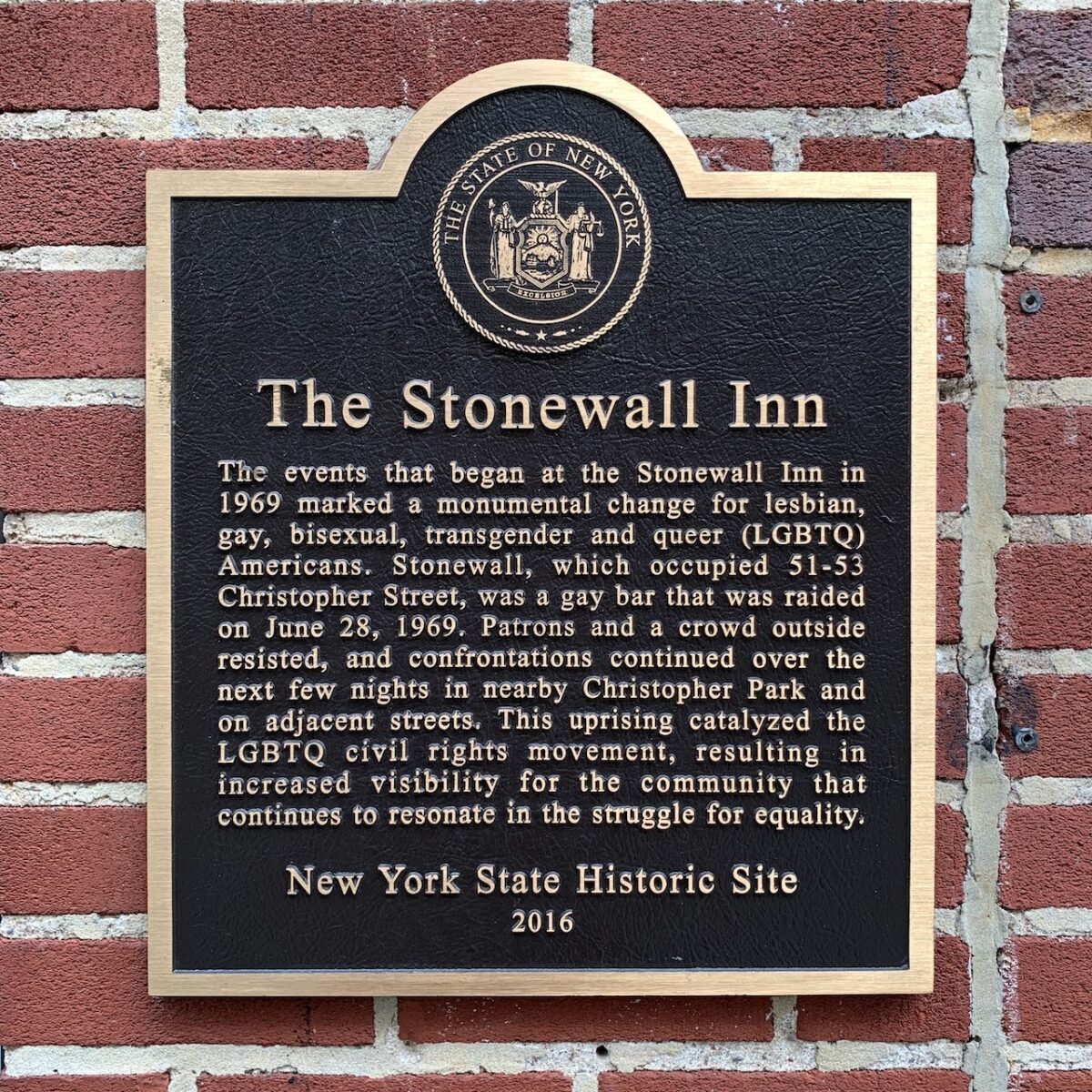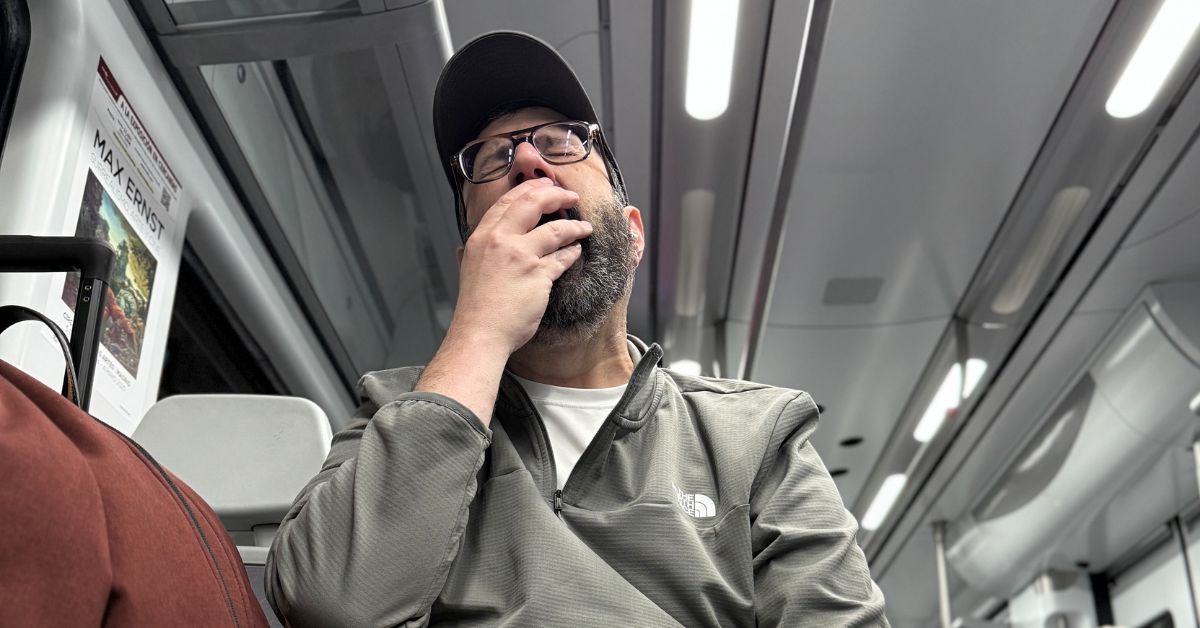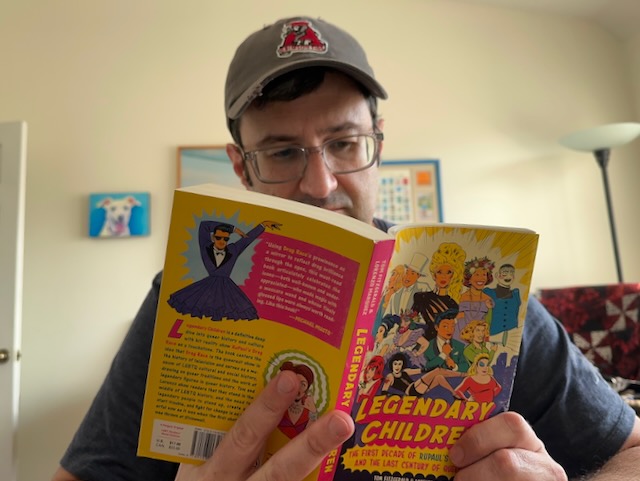Gayskool
-

-
🏳️🌈 Do You Kiss Your Mother’s Guns With That Mouth?
To quote Inigo Montoya: “You keep using that word. I do not think it means what you think it means.”
-

🏳️🌈 The First Pride Was a Riot. And Don’t Forget It.
Denying the reality of Stonewall repudiates our hurt, anger, and power.
-
🏳️🌈 More Musical Numbers
Yesterday, I introduced my Song Gayness Rating System, which is probably bunk but was fun to create. Now let’s look at the scores for some well-known songs: Song Score Notes “Born This Way” by Lady Gaga 136.5 Well, duh. “I Will Survive” by Gloria Gaynor 123.5 If you’ve never seen…
-

🏳️🌈 Summing Up Gay Music
It’s time to hoist the rainbow flags! Today is the beginning of Pride Month, the most fabulous 30 days of the year. I’m kicking off this year’s Gayskool series with two playlists to get you in the mood for Pride. First up: my Super Pride Mix, something I created a…
-

🏳️🌈 The Big, Boring Impact of Obergefell
Yesterday was the eighth anniversary of the Obergefell v. Hodges decision, which made marriage equality the law of the United States. Looking back at the joyous media coverage in 2015, you’d think the issue was about cake, confetti, and matching tuxedos. Well, it was. But it really wasn’t. The real…
-
🏳️🌈 What the Doctor Ordered
On a flight from Tampa to Chicago in 2011, the Complimentary Spouse and I sat in front of two men lamenting political correctness and the decline of religion in public life. One said he hoped Michelle Bachman would enter the presidential race soon to put an end to this nonsense.…
-
🏳️🌈 Selling Out
Depending on which expert you talk to, Americans see between 3,000 and 10,000 ads daily. If you’ve been paying attention, you’ve noticed a shift in the way these ads — well, some of them — speak to and interact with LGBTQ people. That’s certainly true during Pride Month when pinkwashing is…
-

🏳️🌈 History’s a Drag
Drag was around for a long, long time before RuPaul smeared some Vaseline on a low-resolution camera and launched Drag Race in 2009.1 Men have been dressing as women for entertainment for centuries — what, you didn’t learn about Shakespeare? And women have been dressing as men for just as…
